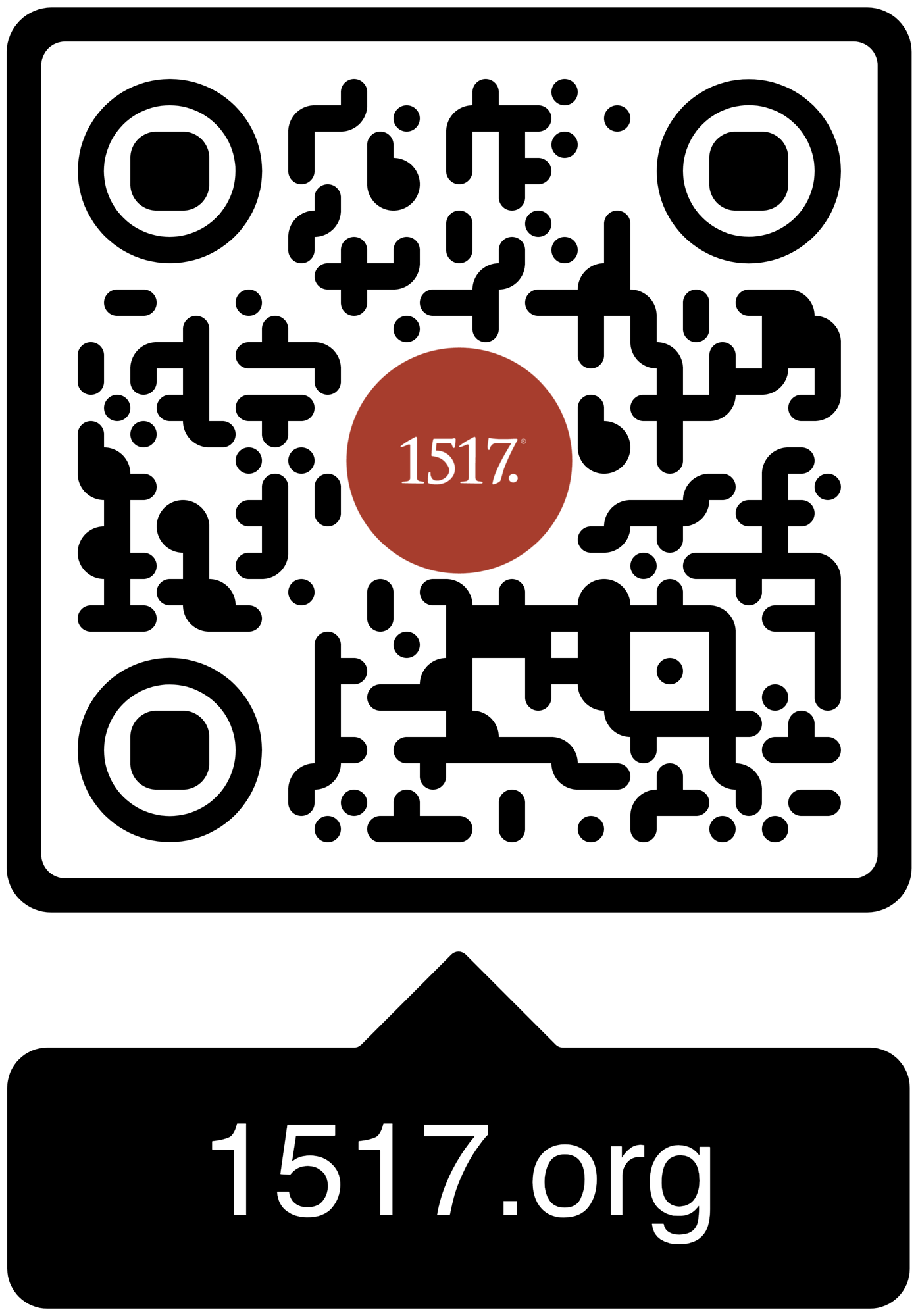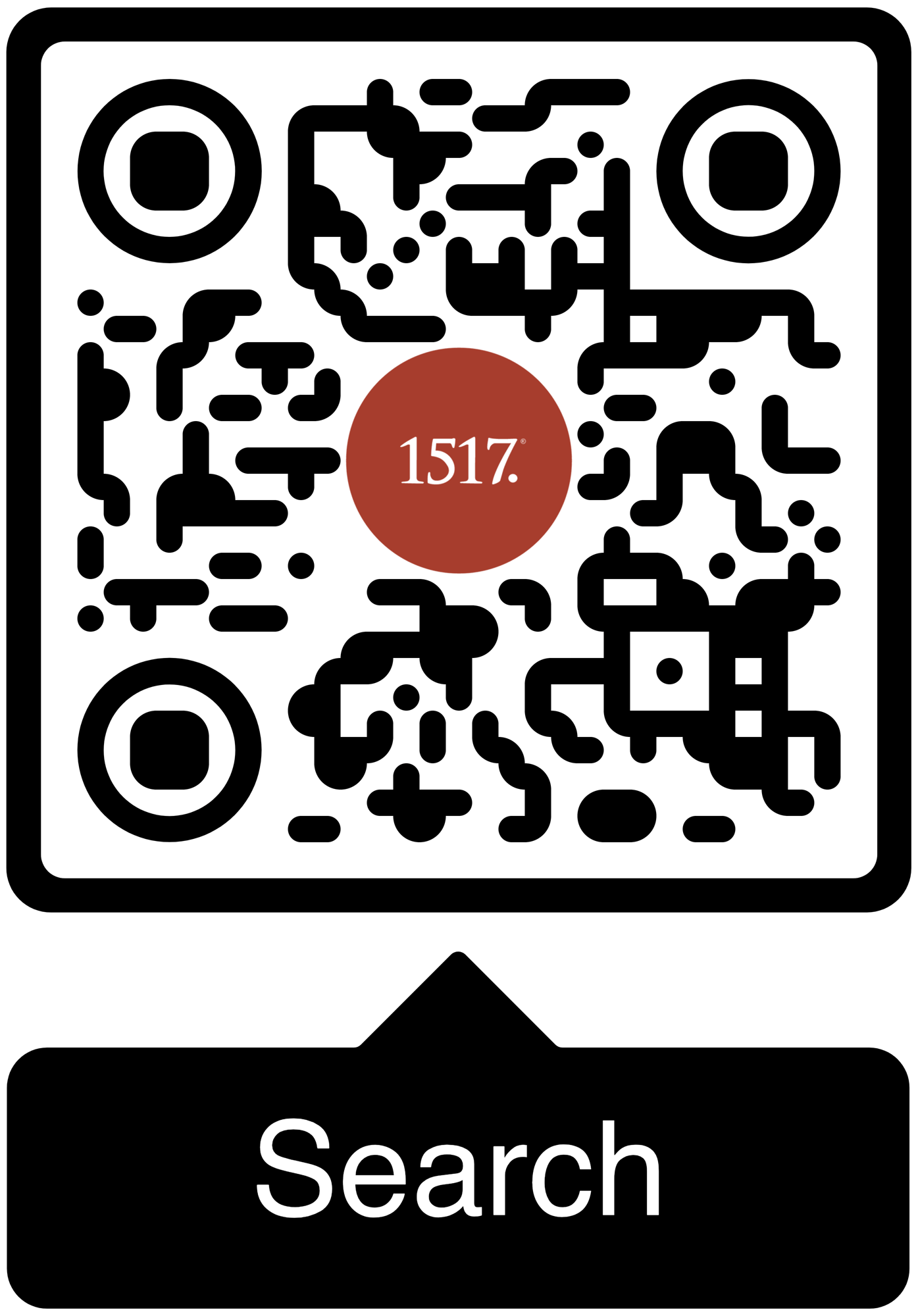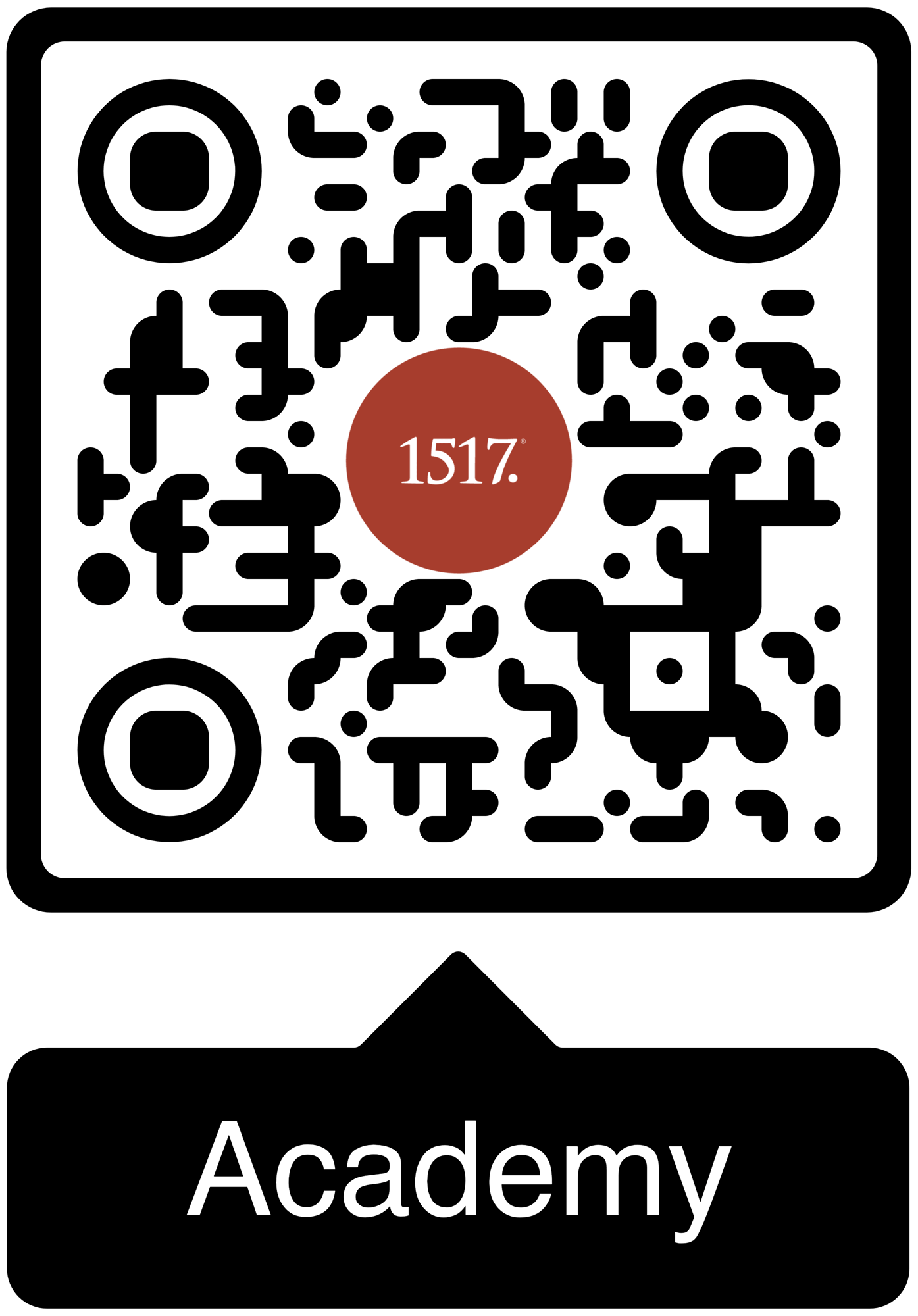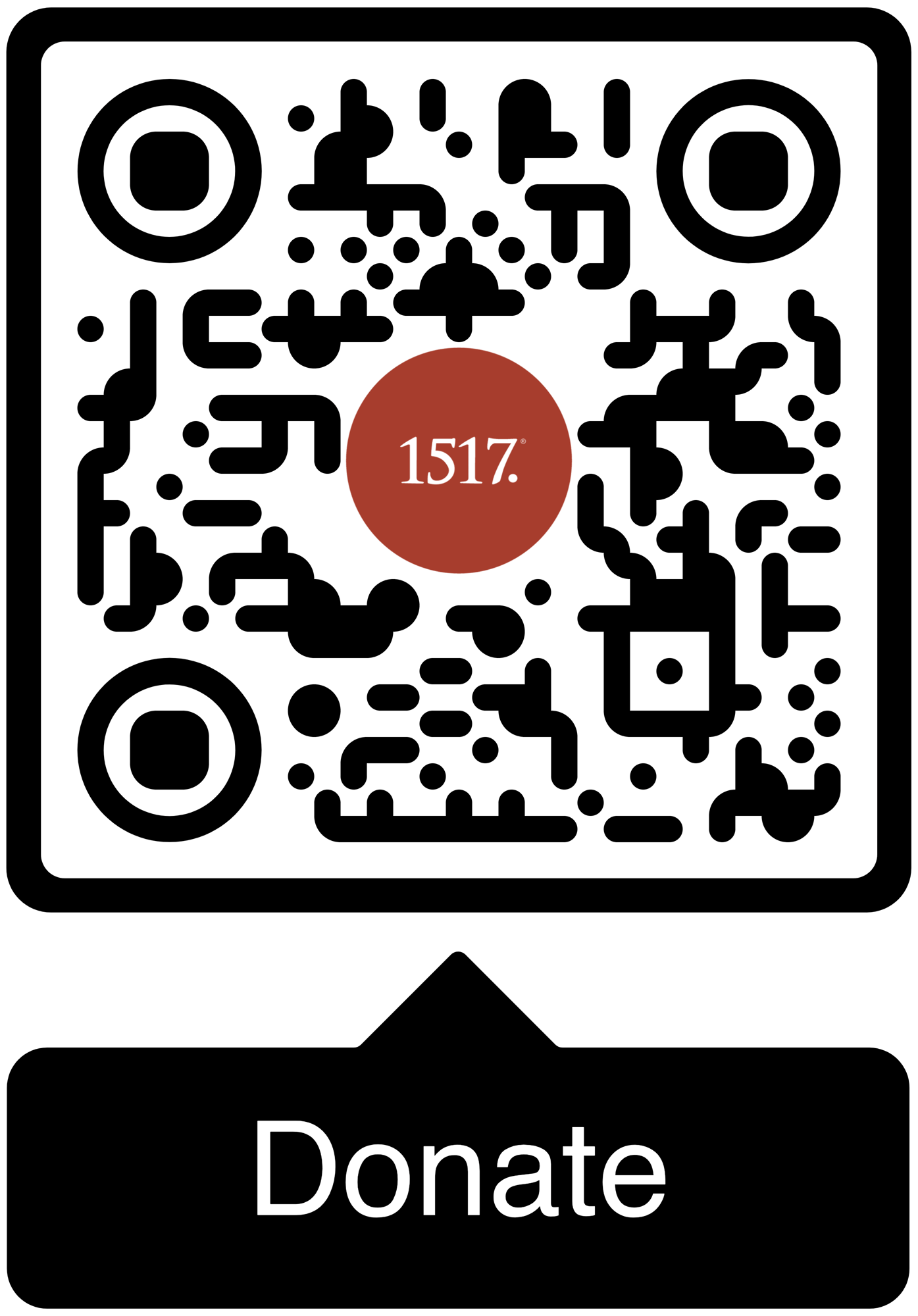By the mighty acts of the Lord God, the great I Am, we are set free and forgiven on account of Jesus’ shed blood and third day righteousness.
Preaching on Leviticus seems like an obvious pass for any preacher seeking to proclaim the Gospel on the fifth Sunday after Pentecost (Proper 10). Haunting images of long lists of do’s and do not’s flood our memory. How can we ever make any meaningful proclamation from such difficult material? Well, for one because it is the Word of God and, as such, contains eternal truth. Also, there is a powerful gospel present in the text with the constant reminder that the Lord God has delivered His people out of slavery into freedom as His chosen and beloved one’s.
First, a little background on where we are in Leviticus and how we should proceed. Leviticus is traditionally cut into two parts. Chapters 1-16, which deals with worship, and chapters 18-27, which deals with life together in community. Chapter 17 acts like a hinge between these two parts, making the book a narrative whole. Our assigned text actually has an alternate reading to start in 18:1-5, but may be unnecessary as long as you notice the repetition of the phrase in chapter 18, “I am the Lord your God” (verses 2, 4, and 5), which corresponds to the same repletion in our assigned reading in chapter 19 (verses 10, 12, 14, 16, and 18).
The repetition is not simply meant to be iterative. Instead, it is more of a mnemonic device. This repetition appears to be shorthand for the opening of the Ten Commandments in Exodus 20:2: “I am the Lord your God, who brought you out of the land of Egypt, out of the house of slavery.” When we hear those words, we are to remember God’s deeds. Making these commands something that keeps them rooted in the identity they have as God’s delivered people. They are not commanded to do these things like slaves. They do them because they have been made, mercifully and graciously, His people. They no longer have a status as slaves, they live as His people, delivered by His mighty acts, and redeemed. God has set them free from the practices and patterns of living in the world as slaves.
Of course, God has done the same for us in Christ. Because He is our God there is no need to exchange the life He gives for any other way of living. Was it not the Apostle Paul who said in Galatians 5:1: “For freedom Christ has set us free. Stand firm, therefore, and do not submit again to a yoke of slavery.” This part of Leviticus is not meant to be read with the logic of “do these things and you will live.” It is not the logic of: If A then B, or do A to get B. Instead, the thinking is more like: A is present therefore B is also present. God’s deliverance and redemption is present, and this is what life looks like with Him.
Now, this might all be a bit too highbrow for Sunday morning, so I suggest we go to a place in scripture where we actually see our text in action. The perfect illustration of these verses is found in the book of Ruth. It was Boaz himself who lived this way when he allowed Ruth to glean from the edge of his field at the suggestion of Naomi (Ruth 2). Is this way of living not completely in line with Leviticus 19:9-10? It was also Boaz who remained honest rather than hiding his intentions with his kinsman to redeem Elimelech’s family, land, and Ruth. This is exactly what Leviticus 19:11-13 says a redeemed person does. Boaz was just trying to live in the truth before the Lord his God when he publicly redeemed Naomi and Ruth. He chose to love even the outsider (Moabite) as a neighbor, just as God had loved His people and redeemed them as stated in Leviticus 19:15-18.
They no longer have a status as slaves, they live as His people, delivered by His mighty acts, and redeemed.
Furthermore, we all know this “kinsman redeemer” leads to another kinsman redeemer. First, the lineage of that act of grace would have to pass through Perez:
“Perez fathered Hezron, Hezron fathered Ram, Ram fathered Amminadab, Amminadab fathered Nahshon, Nahshon fathered Salmon, Salmon fathered Boaz, Boaz fathered Obed, Obed fathered Jesse, and Jesse fathered David” (Ruth 4:18-22).
From David would come David’s greater Lord (Psalm 110:1; Luke 20:42-44), the greatest kinsman redeemer, Jesus Christ! It is Jesus who in kindness redeems those who are outside of God’s grace and enslaved to sin. By the mighty acts of the Lord God, the great I Am, we are set free and forgiven on account of Jesus’ shed blood and third day righteousness. His redemption was completely sufficient. It was not a deal struck with a shoe (Ruth 4:7), but it was a price paid with His life for us (1 Peter 1:18-19). Because of Him, we are brought into the very story of salvation the way Ruth was (Matthew 1:5).
If you are thinking of a structure to preach this text, I would recommend a Storied Discourse Structure. This will allow you to incorporate the narrative of Ruth as it relates to our reading from Leviticus as an excurses and then connect to Jesus in the gospels as an excursion as well. There are several different options on how to organize this kind of experience in the sermon, but the basic idea is:
“These structures arise from the telling of a biblical story to communicate a central teaching or experience for the hearers. In this case, the biblical story itself (and it could be only one among a sequence of stories) forms the structure of the sermon. In integrating the biblical story into the sermon, the preacher will have basically two types of material: The biblical story and excursions from that story.
The biblical story is a creative retelling of the biblical narrative. Rather than approach the biblical narrative as an object of study (in other words, to be analyzed and used as a proof text in supporting teachings of the faith), the preacher proclaims the narrative in such a way that the hearers are witnesses to a real, historical event. This retelling of the biblical story can be done in the third person or the first person. Unfortunately, preachers often gravitate toward a first-person account when a third person account can be just as effective if not more so. Also, the biblical story can be retold in the time period of the text or in the present day with the use of dynamic equivalents. The more familiar the hearers are with the biblical story, the easier it is for them to follow that story when told in a present-day setting.
The excursions from the biblical story can involve the use of any type of material. The preacher might offer other stories from contemporary life or explanation and careful consideration of what has just happened. The preacher could incorporate an image or a quotation of a passage of Scripture. What makes an excursion is not the nature of the material offered but the fact that this material is not a direct retelling of the biblical story. It is something else the preacher is doing as he incorporates the biblical story into the fuller sermon.”[1]
------
Additional Resources:
Craft of Preaching-Check out out 1517’s resources on Leviticus (18:1-5) 19:9-18.
Concordia Theology-Various helps from Concordia Seminary in St. Louis, MO to assist you in preaching Leviticus (18:1-5) 19:9-18.
Lectionary Kick-Start-Check out this fantastic podcast from Craft of Preaching authors Peter Nafzger and David Schmitt as they dig into the texts for this Sunday!
The Pastor’s Workshop-Check out all the great preaching resources from our friends at the Pastor’s Workshop!
-----
[1] https://concordiatheology.org/sermon-structs/textual/genre/narrative/





